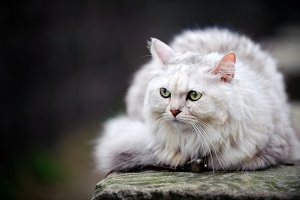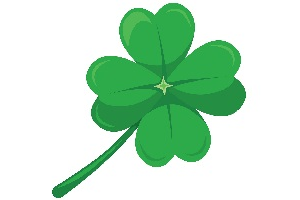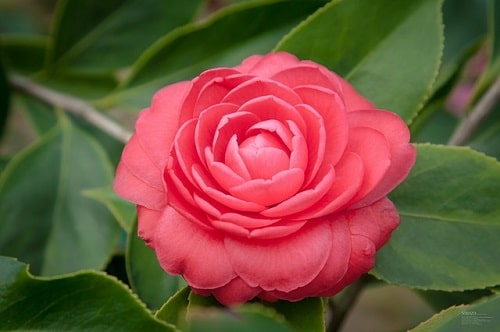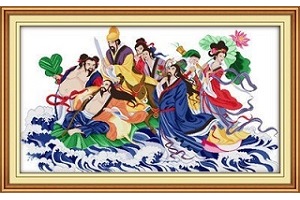Cats are common domestic pets and some people just cannot imagine a life without them.
They are curious, playful and moody.
The cat is written as 猫 and pronounced as mao in mandarin.
This sounds like what represents octagons. Thus, is is associated with 80 years.
In ancient China, cats are never consumed in certain areas.

In Chinese legend and folklore, the cat is probably most famous for being part of the race for determining the 12 animal zodiac signs. It was one of the front runners during the race but was sabotaged by the rat who pushed it into the river while they were both riding on the ox’s back. By the time it has recovered from the setback, the race was already over and it was unable to claim any of the 12 spots.
Cats in culture
When a street cat enters a house with it’s kittens, it is said to be a generally inauspicious omen.
This comes from the superstitious belief that cats bring poverty. An adult cat entering a house symbolizes that poverty would befall the head of the household. A family of cats would affect the whole family of residents in the dwelling.
In some circles, this belief is reinforced with the notion that cats enter a house because they know that there will be rats to chase. And these rats are what would bring poverty into the house.
Therefore in this sense, cats are not directly related to poverty, but just an indirect representation of it.
It is also believed that cats have eyes so sensitive that they are able to see spirits.
This associated with the dead is not all.
Another superstition is that when cats jump over a coffin, the undead would rise and terrorize the village. Thus, cats are always chased away from funeral processions.
In some provinces, there are myths about white cats climbing on top of rooftops to bask in moonbeams. An association with yin energy. Thus, can be inauspicious to have around the house.
Then there’s the classic western superstition of a black cat crossing your path would bring bad luck. I just had to include this for the fun of it. 😀
In more auspicious settings, when a cat is depicted with plum blossoms and bamboo, it represents a wish for one to live till a ripe old age.
Feng shui
In recent years, the cat most often makes it’s appearance in feng shui as maneki-neko the Japanese lucky cat.
This is affectionately known as the lai lai mao (来来猫) which means welcome cat.
This is basically a figurine of a gold colored cat sitting and a paw waving in the air welcoming people to come. It is most often placed near the entrances of retail shops to welcome in new visitors and patrons.
It must be noted that there are no actual feng shui connotations with this cat. However, they do make cute aesthetics that can catch the attention of people walking pass a retail store.
The constant movement of the front paw also creates yang energy. So this might actually be useful fengshui-wise when there is a residing water star that is favorable in the premises.
At home, feng shui enthusiasts who keep cats often refer to them as representing the white tiger which is the celestial guardian on the right.
They are both feline. And since you can’t really keep tigers in the house, the domestic kitten is the next best thing.
This is why pet owners allow their cats to roam freely in the house.
Because of the relation to tigers, the cat is often seen as a manifestation of the tiger zodiac.
This makes them especially desirable for those with zodiacs of tiger, horse and pig.
And as a trio in the house, the combination of tiger, rabbit and dragon. Or tiger, horse and dog.
This also means that those of the zodiacs monkey or snake should avoid having cats at home as it presents a clash of zodiacs.
Finally, it must be noted that cats are not tigers, and that they are merely associations with the tiger.















